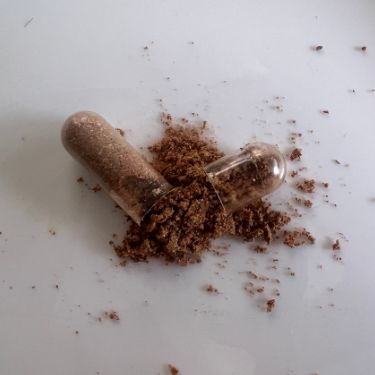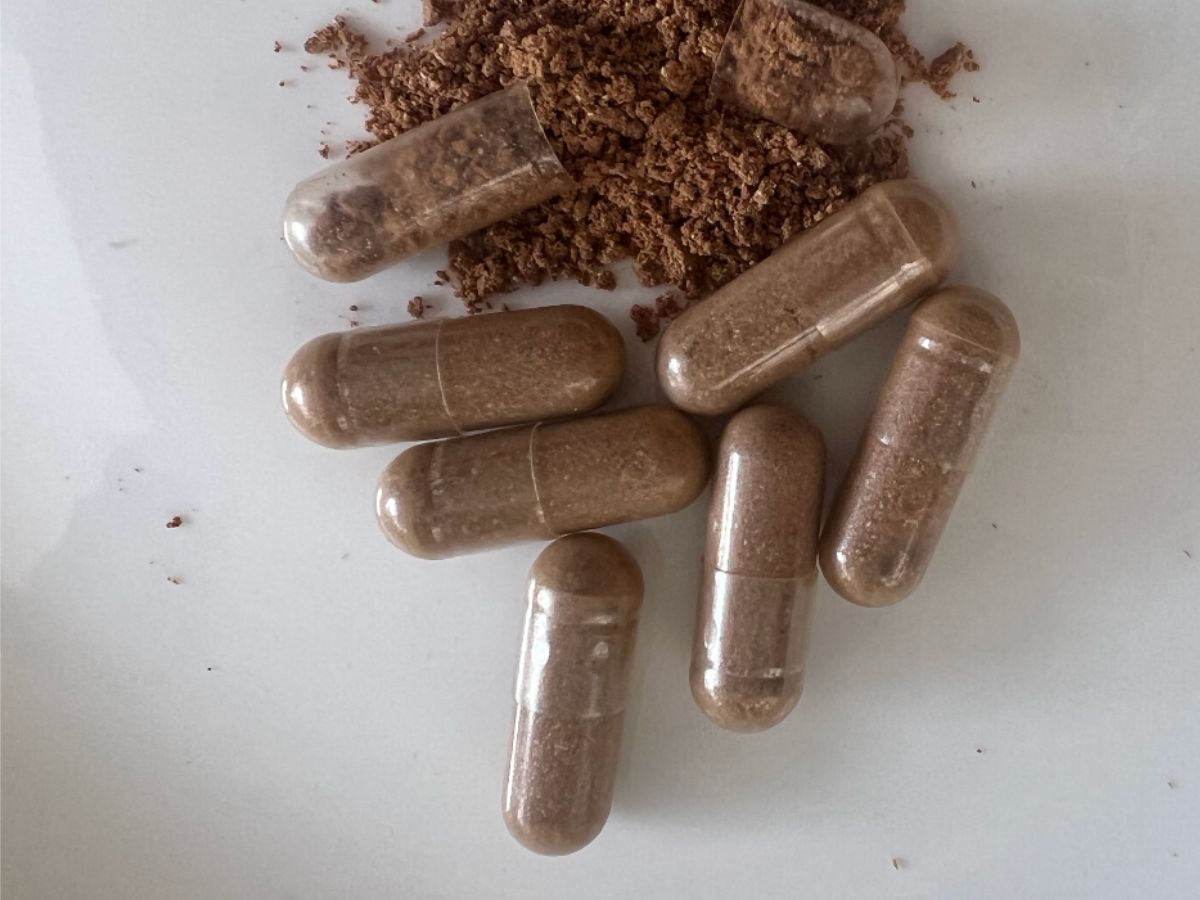Ashwagandha has quickly become one of the Supplement World’s most popular ingredients. It’s showing up in everything from Nootropics to T-Boosters based on its reputation for results. And that’s a largely well-earned reputation.
But it can be confusing running into so many different doses–what’s too high, what’s not enough? And then we get into technical terms like Withanolides, and proprietary preparations like KSM. So for this article, we’re jumping into the weeds. We’ll discuss what makes an effective preparation of Ashwagandha, how much you need based on what you want, and what it looks like in some of the most effective supplements.
Key Findings
Withanolides and Withaferins
The two most commonly studied aspects of Ashwagandha are Withanolides and Withaferins. (Both, as you can see, share their name with the scientific name for Ashwagandha, Withania somnifera.)
Both of these compounds display different properties. To explore how each one differs, I’ve broken them into two sections.
Withanolides
Classified as “steroidal lactones,” Withanolides are actually a group of compounds with over 24 chemical structures. If you’re looking into a specific dose of Ashwagandha, you can start by trying to determine the percent of Withanolides present, especially if it’s an extract. Most studies of Withanolide concentrations indicate that more is better.
Withaferins
Technically a subtype of Withanolide, Withaferin is the most widely studied, and is the most often compound isolated in Ashwagandha studies. For instance, it is the primary element responsible for immune responses in trials and for reducing inflammation.
Uses and Studied Doses
After having read literally hundreds of pages of clinical trials and studies, I’ve put together a brief summary of the types of Doses scientists have used in different studies. I’ve only included studies whose doses were high enough to exhibit a benefit while also remaining safe. That is to say, Ashwagandha was effective and there were no side effects.

Stress/Sleep Studies
For most stress studies we see doses at the lower end of normal for Ashwagandha. The most dependable doses for full effect are around 600 mg. Meanwhile, one study that only showed how effective Ashwagndha was for sleep used only 120 mg.
Testosterone
One of the most popular applications of Ashwagandha is for boosting T production. This was the most consistent dose for a particular application, with nearly every study using 240 mg.
Physical Performance
As with Cognitive studies, Ashwagandha trials for physical performance saw a huge swing, from as low as a few hundred milligrams to over 1,000.
Ranges
If you prefer a nice, orderly table for looking at your data, I put together this table to hopefully make sense of the data. One outlier mentioned in a note at the bottom couldn’t be tracked down, but is referred to here.
Use | Total Milligrams | Withanolides | WithaferinS |
|---|---|---|---|
Mood/ Cognition | 120 to 1000* | 10% to 35%+ | <0.5% |
Physical Performance | 330 to 1200 | 5% to 10%+ | <0.5% |
Testosterone | 240 | 35%+ | N/A |
*One study used as much as 12,000 mg of the whole herb, and another used 2,500 mg of extract.
Preparations

By now you may be wondering how to know which Ashwagandha you’re getting. That’s exactly why some manufacturers of high-quality supplements, such as TestoPrime, use independently prepared Ashwagandha, with laboratory-analysis proving it’s Withanolide composition.
Shoden®
Several of the clinical trials and studies I’ve read used Shoden Ashwagandha, made by NutriScience. This preparation has the upper limit of Withanolides that I’ve seen (35%), and for that reason appears to be the the medical profession’s preferred method of testing Ashwagandha. It is made from the full spectrum of the plant, meaning leaves, roots, and branches.
KSM-66®
The other most trusted Ashwagandha preparation comes from a company that only makes Ashwagandha extract, KSM-66. While their product has less Withanolides (5%), their business model also has the tightest control over their quality. That’s because they work directly with their Ashwagandha plant producers, and they only use the root of the plant.
Final Thoughts
If you decide to incorporate Ashwagandha into your supplement routine, remember that you have options. Not only for how much Ashwagandha you take but for what percentage of active components it has. And that may matter more than anything else. After all, if you’re using a preparation with only 1.5% Withanolides, taking 1,000 mg won’t give you as much of an active effect as taking a third of that in KSM-66.
So when you’re looking at the ingredient label of your favorite supplement, or buying Ashwagandha on its own, make sure you look for the fine print on the label. And if they can’t tell you the preparation or active Withanolides, you should probably look elsewhere.

